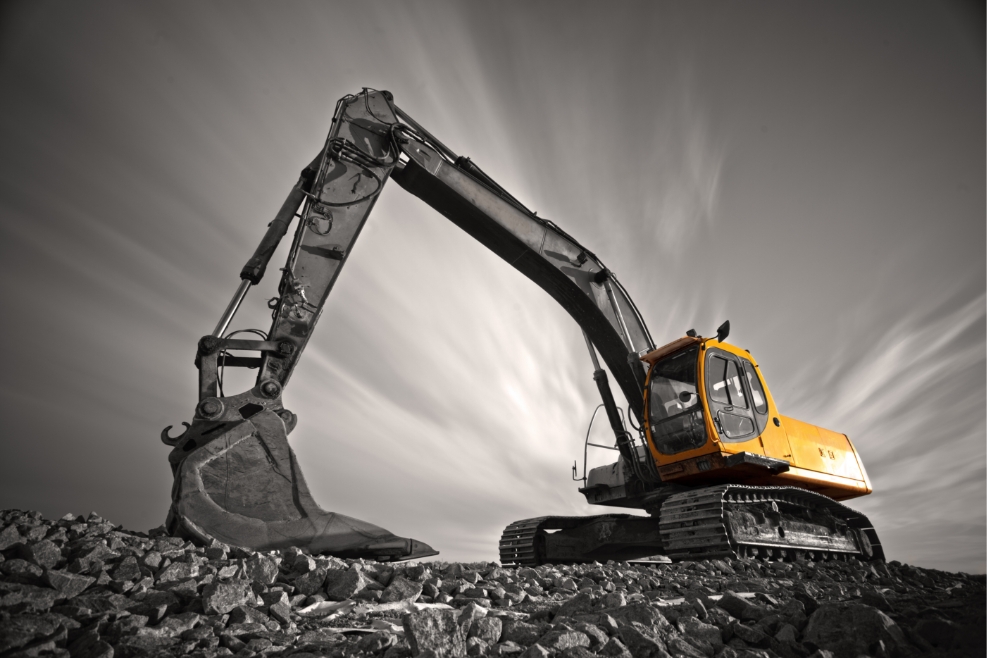Choosing the Type of Foundation for Your Housing Needs

Most of the foundations constructed for homes are designed to include a space in the bottom. However, every type of room or bottom facility demands a different variation of its foundation to ensure it stays grounded properly according to its surroundings.
Major excavations are necessary to create the proper depth for the creation of the foundation. Certain construction methods will be followed depending on whether the bottom space needs a basement, crawlspace, or a plain level slab foundation. Let’s look into more details of these foundations to gain a better understanding.
Different Foundations for Different Structures
Creating a suitable foundation for your home will depend on the type of bottom housing in your blueprints. Often, the architect and construction managers will check and consult if the plans are executable before going to work.
It will depend on the type of terrain and atmosphere where your property is located. Your final approved house plans will dictate if the foundation will be on a basement, crawlspace, or a simple concrete slab-on-grade type.
Basement Work
Basements have the most work involved since the space is more or less equal to a room-sized space beneath the level living room. Extensive basement digging is required to facilitate the usual standard of walls at 2.43m (8 feet) in height with supporting 10.16cm (4-inch) thick concrete.
Depending on the approved plans, the height may vary a little beyond 8 feet, provided that the foundation created is stable and deep enough.
Steel bar or frame reinforcements would be installed and concrete poured to form the foundations before constructing the basement space. The depth can take up to 1.21m (or 4 feet) below or more as per regular frost depth in Canada and the actual recommended depth by construction engineers.
You need to include extra networks for plumbing, drainage, electrical connections, and HVAC facilities, whether the basement will be a storage space, plain space, or a living room. It will take care of the basic needs of the space and reduce the need for future work and expenses, making it house-ready.
Crawlspace Bottom Area
Creating a crawlspace area calls for a different method of foundation and basement digging. It is a smaller non-dwelling extra space elevated from the ground and below the ground floor.
There are both advantages and disadvantages to the crawlspace method. For advantages, they can work better if there’s uneven terrain to build the house foundation on. The same network facilities installed in a basement can be separated below for easy access, repairs, and maintenance. But crawlspaces can only work best for very dry areas, as they can quickly collect mould and condensation. It can also host pests and insects. You have to consider enough ventilation and proper covers for the space.
Concrete Slab on Grade Process
A slab on grade is the most simple form of foundation. A slab on grade can is a direct application for house construction without a basement, crawlspace, or lower floor. It becomes the direct foundation of your ground floor. It often doesn’t need extensive excavation, and the concrete slab can be formed directly above the ground with steel grid mesh support.
A concrete slab is an option for housing with no basements and in warmer, dry climate areas with no worries about flooding or freezing. Some of the bottom plumbing and other network connections below may become an issue, making it hard to detect any damages needed for repair.
Final Notes
Congratulations on the construction of your new home. Depending on your home space needs, you may have a basement or crawlspace constructed below your ground floor. Or perhaps you just prefer a plain concrete slab-on-grade foundation as the simplest option. Whatever goes into these areas below your housing, the proper level of excavation and digging is required to create a stable and enduring house foundation.
We at DL Nagel Excavating believe in proper excavating services to properly layout your house foundations, whatever your chosen options are. We’ve been the go-to professionals for these services since 2004 with certification by the Alberta Municipal Affairs. Call us, and we’ll take care of your excavation needs.